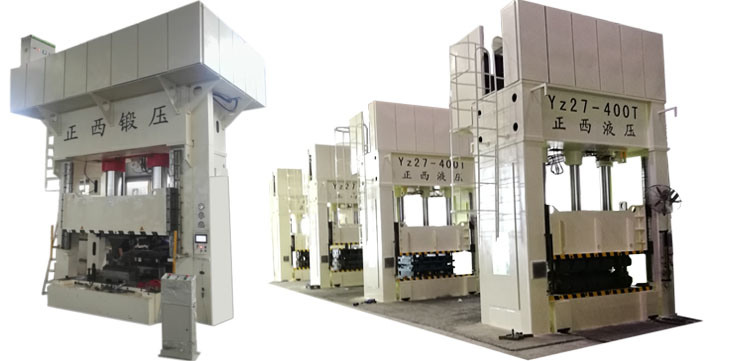
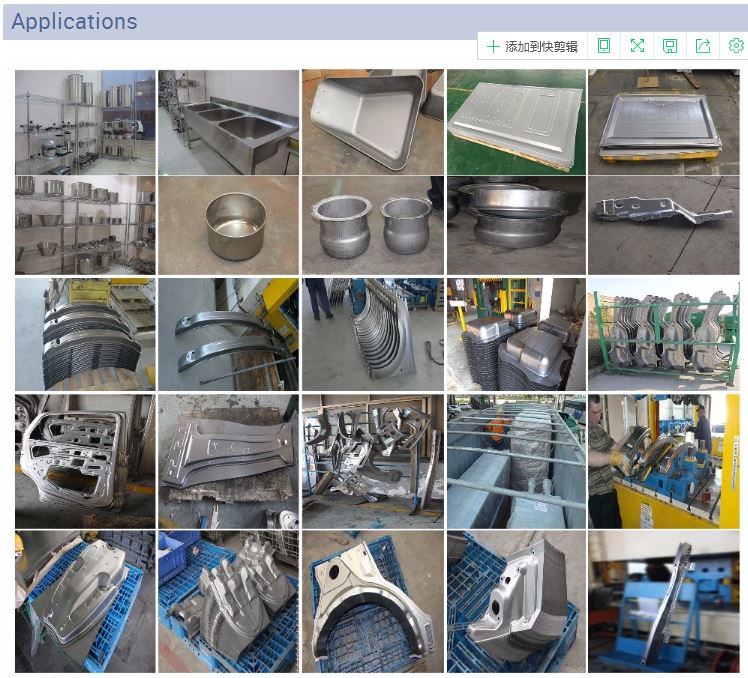
Creating a stainless steel product from scratch involves a complex process that combines engineering, science, and precision. Although stainless steel is widely used across the globe, many people are unaware of the detailed steps involved in its production. This process showcases how far we've come in material science and manufacturing technology since the Industrial Revolution. Here are the six most important stages in the stainless steel manufacturing process:
1) Material Handling
Uncoiler: A machine located at the start of the production line that holds and safely unrolls the steel strip. It controls the speed and direction of the metal as it moves through the system for further processing, such as cutting, slitting, or entering a tube mill.
2) Forming
Deep Drawing Press: In this stage, semi-finished steel shapes undergo forming operations. For example, stainless steel is hot rolled by passing it through large rolls. Blooms and billets are transformed into bars and wires, while slabs become plates, strips, or sheets. Bars are the most versatile form of stainless steel due to their availability in various grades and sizes, suitable for different applications like structural support or mechanical components.
3) Heat Treatment
Annealing Furnaces: During heat treatment, stainless steel is heated and cooled in a controlled environment to relieve internal stress and improve ductility. This step is crucial for ensuring the material's performance and longevity. The temperature, pressure, and cooling rate must be carefully managed to avoid defects.
4) Descaling
Pickling: After annealing, a layer of scale forms on the surface of the stainless steel. This is removed using processes like pickling, which involves chemical treatments to clean the surface and prepare it for further processing.
5) Cutting and Punching
The heat-treated and descaled stainless steel is cut into specific shapes using tools such as guillotine knives, blanking machines, or high-speed blades. This stage also includes making tap holes and overflow channels, depending on the application requirements.
6) Finishing and Polishing
Polishing Machine: The final step involves finishing and polishing the stainless steel to achieve a smooth, aesthetically pleasing surface. This not only enhances the appearance but also improves hygiene and ease of cleaning, making it ideal for use in medical, food, and industrial settings.
Hydraulic Press 4 Column Hydraulic Sheet Metal Deep Drawing
Features
1. Utilizes hydrostatic pressure to process metals, plastics, rubber, wood, and powders. 2. Widely used in forging, stamping, cold extrusion, straightening, bending, flanging, sheet metal deep drawing, powder metallurgy, and press-fit applications. 3. Offers significant technical and economic benefits, including weight reduction, fewer parts and molds, improved stiffness and strength, and lower production costs.
SPECS of Yz33
| Model | Unit | Yz33-25T | Yz33-50T | Yz33-63T | Yz33-100T | Yz33-160T | Yz33-250T | |
| Clamping Force | KN | 250 | 500 | 630 | 1000 | 1600 | 2500 | |
| Working Layer | Qty | 2~4 | 2~4 | 2~4 | 2~4 | 2~4 | 2~4 | |
| Piston Stroke | mm | 180 | 250 | 250 | 250/250 | 250/250 | 500 | |
| Heating Platen Daylight | mm | 90 | 125 | 125 | 125 | 125 | 125 | |
| Heating Platen Size  |
Left-right | mm | 350 | 400 | 500 | 600 | 750 | 900 |
| Front-back | mm | 350 | 400 | 500 | 600 | 850 | 900 | |
| Heating Plate Power | KW | 1.5 | 2.2 | 3 | 7.5 | 11 | 15 | |
| Motor Power | KW | 7.2 | 9 | 10.8 | 33.75 | 45 | 45 | |
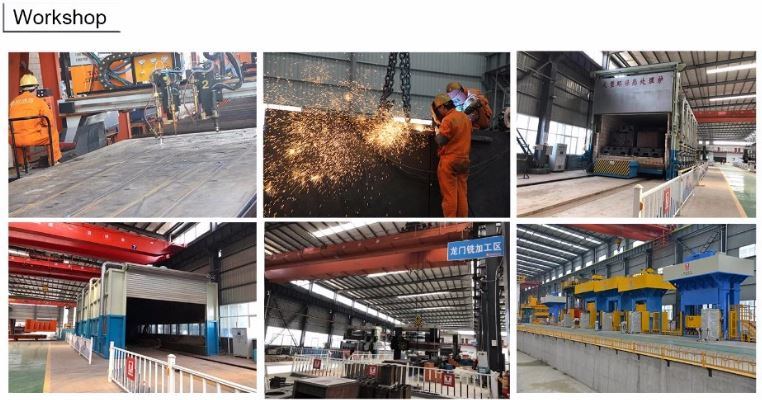
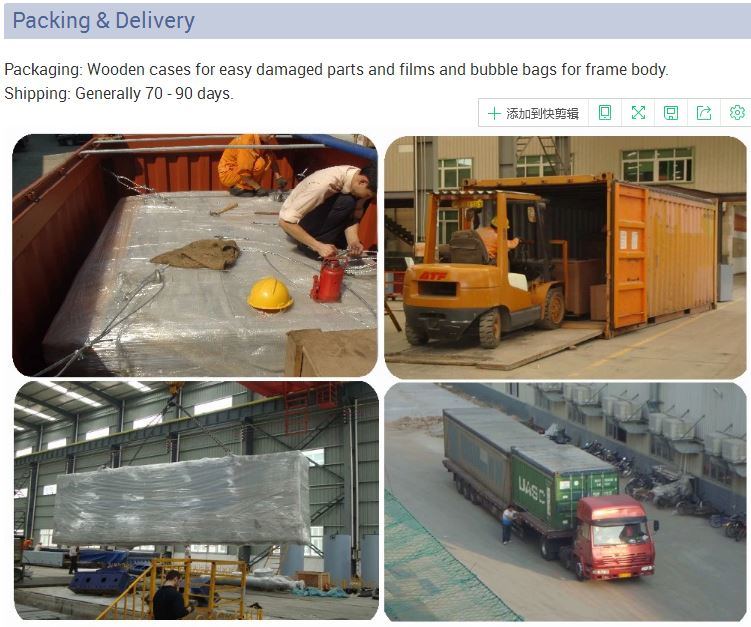
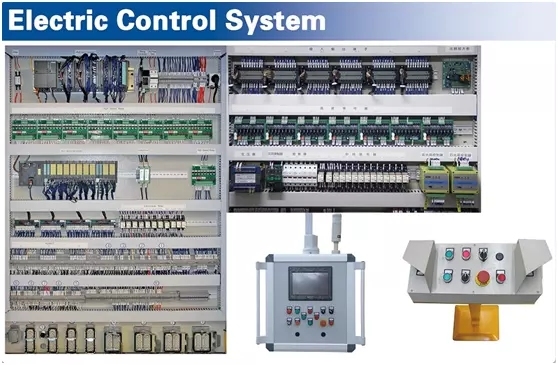
Certificate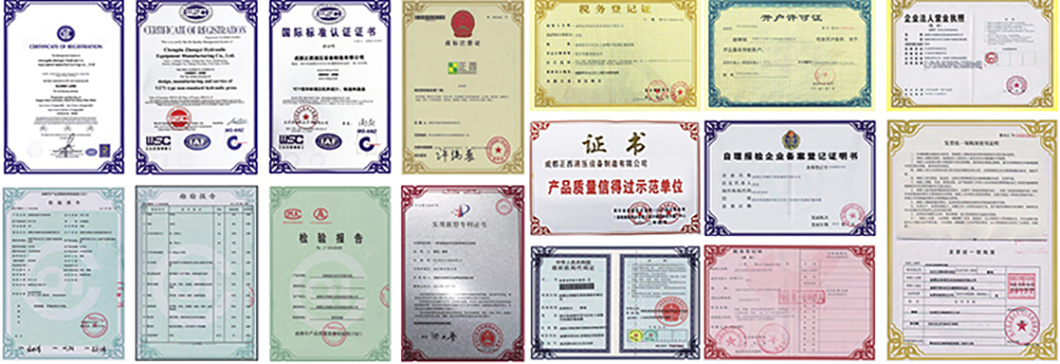
I Casting Radiant Tubes,I-Casting Radiant Tubes,I Casting Radiant Tubes For Furnaces,I Casting Radiant Tubes In Concrete
Jiangsu Kinuo Furnace Roller Co., Ltd. , https://www.jskinuoroller.com